Increased Regulatory Standards
The Wine Bottle Sterilizer Market is significantly influenced by the tightening of regulatory standards concerning food safety and hygiene. Governments and regulatory bodies are implementing stringent guidelines to ensure that wine production processes meet health and safety requirements. These regulations often mandate the use of sterilization technologies to prevent contamination and ensure product safety. As a result, wineries are compelled to adopt advanced sterilization solutions to comply with these regulations. The increasing focus on food safety is expected to drive the growth of the Wine Bottle Sterilizer Market, as producers invest in technologies that not only meet compliance but also enhance their brand reputation.
Rising Demand for Premium Wines
The Wine Bottle Sterilizer Market is experiencing a notable increase in demand for premium wines. As consumers become more discerning, they seek high-quality products that reflect their tastes and preferences. This trend is driving wineries to invest in advanced sterilization technologies to ensure the purity and quality of their offerings. The market for premium wines has shown a compound annual growth rate of approximately 5% over the past few years, indicating a robust growth trajectory. Consequently, the need for effective sterilization methods has become paramount, as wineries aim to maintain the integrity of their products. This rising demand for premium wines is likely to propel the Wine Bottle Sterilizer Market forward, as producers prioritize quality assurance and consumer satisfaction.
Growing E-commerce and Online Sales
The Wine Bottle Sterilizer Market is being positively impacted by the growth of e-commerce and online sales channels. As consumers increasingly turn to online platforms for purchasing wine, the need for effective sterilization methods becomes more critical. Wineries and distributors are recognizing the importance of ensuring that their products are safe and free from contaminants during the shipping process. This shift towards online sales is prompting investments in sterilization technologies that can guarantee product safety from production to delivery. The rise of e-commerce is expected to drive the Wine Bottle Sterilizer Market, as businesses adapt to changing consumer behaviors and prioritize safety in their operations.
Consumer Awareness of Hygiene Practices
The Wine Bottle Sterilizer Market is significantly influenced by the growing consumer awareness of hygiene practices. As individuals become more conscious of health and safety, they are increasingly scrutinizing the cleanliness of products they consume, including wine. This heightened awareness is prompting wineries to adopt rigorous sterilization protocols to meet consumer expectations. The demand for transparency in production processes is leading to a greater emphasis on sterilization technologies that ensure product safety. As consumers prioritize hygiene, the Wine Bottle Sterilizer Market is likely to experience growth, as producers strive to align their practices with consumer preferences and enhance their market competitiveness.
Technological Innovations in Sterilization
The Wine Bottle Sterilizer Market is witnessing a surge in technological innovations that enhance the efficiency and effectiveness of sterilization processes. New methods, such as ultraviolet (UV) light sterilization and ozone treatment, are gaining traction due to their ability to eliminate harmful microorganisms without compromising the quality of the wine. These advancements are not only improving the sterilization process but also reducing operational costs for wineries. The integration of automation and smart technologies in sterilization equipment is further streamlining operations, making it easier for producers to maintain high hygiene standards. As these technologies become more accessible, the Wine Bottle Sterilizer Market is likely to expand, driven by the need for efficient and reliable sterilization solutions.


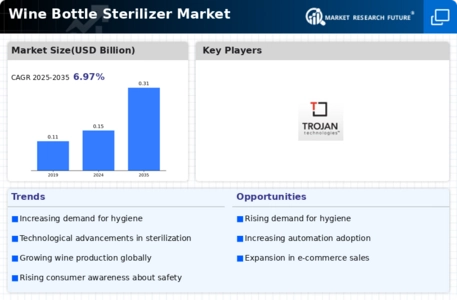
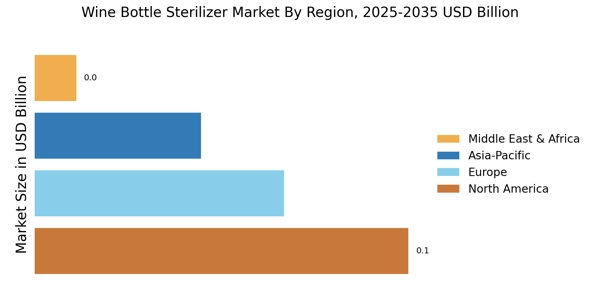
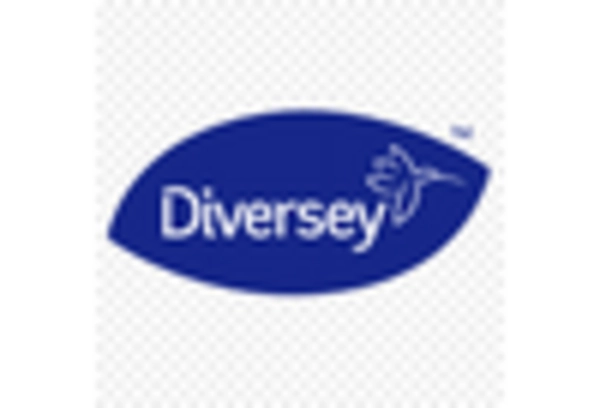
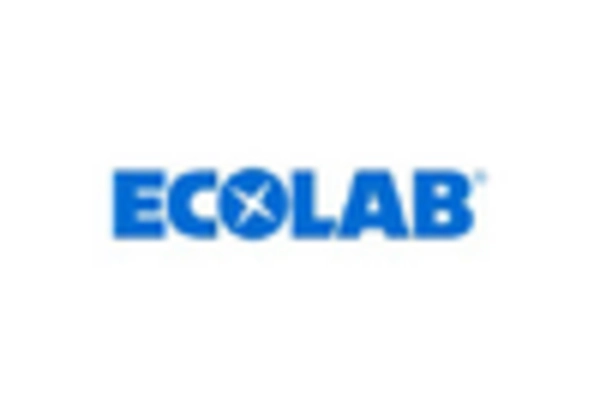
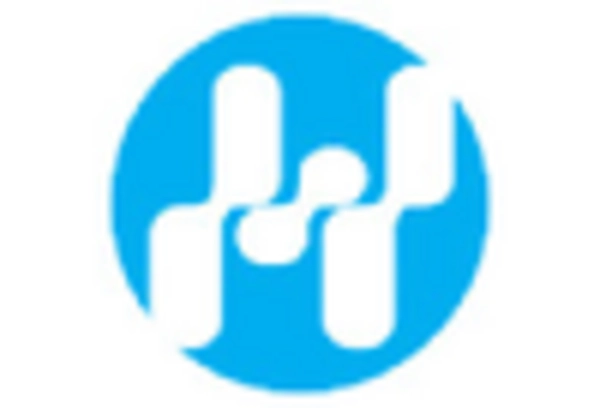
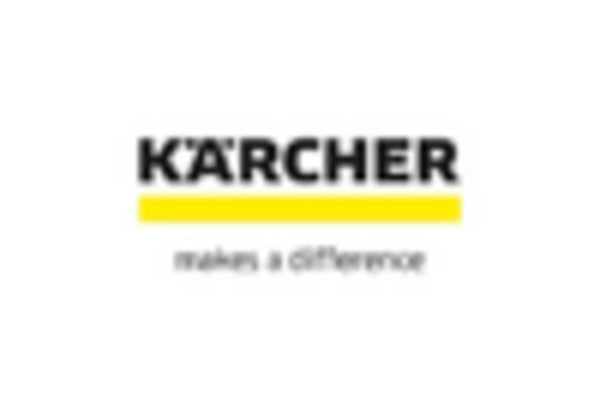
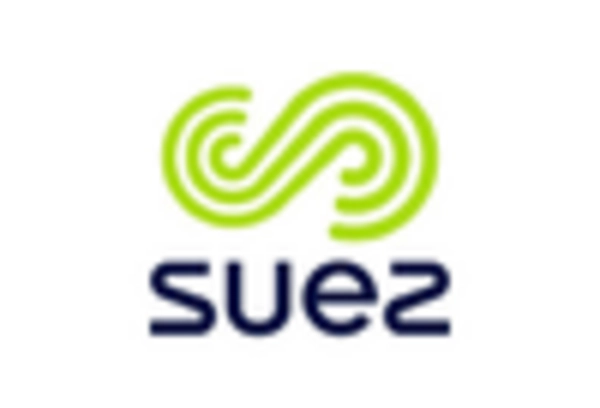
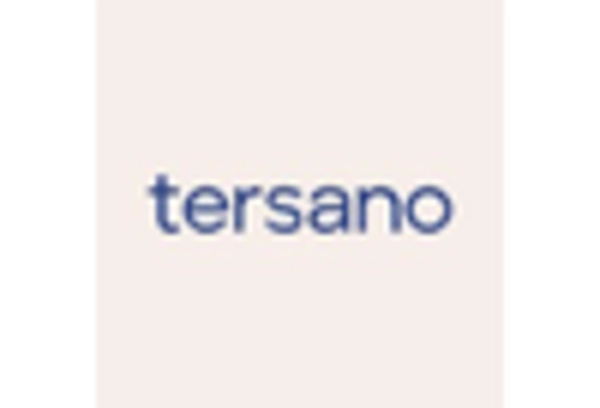








Leave a Comment